


Are you sure you want to reset the form?
Your mail has been sent successfully
Are you sure you want to remove the alert?
Your session is about to expire! You will be logged out in
Do you wish to stay logged in?
Please note that you will need to be logged in to view the content featured below

Although women have had to wait until the modern era to be formally recognised as medical professionals, the model of woman as healer has a very long lineage. Explore the position of women in Ancient Greek and Roman civilization as healing practitioners and medical authorities and not merely as patients.
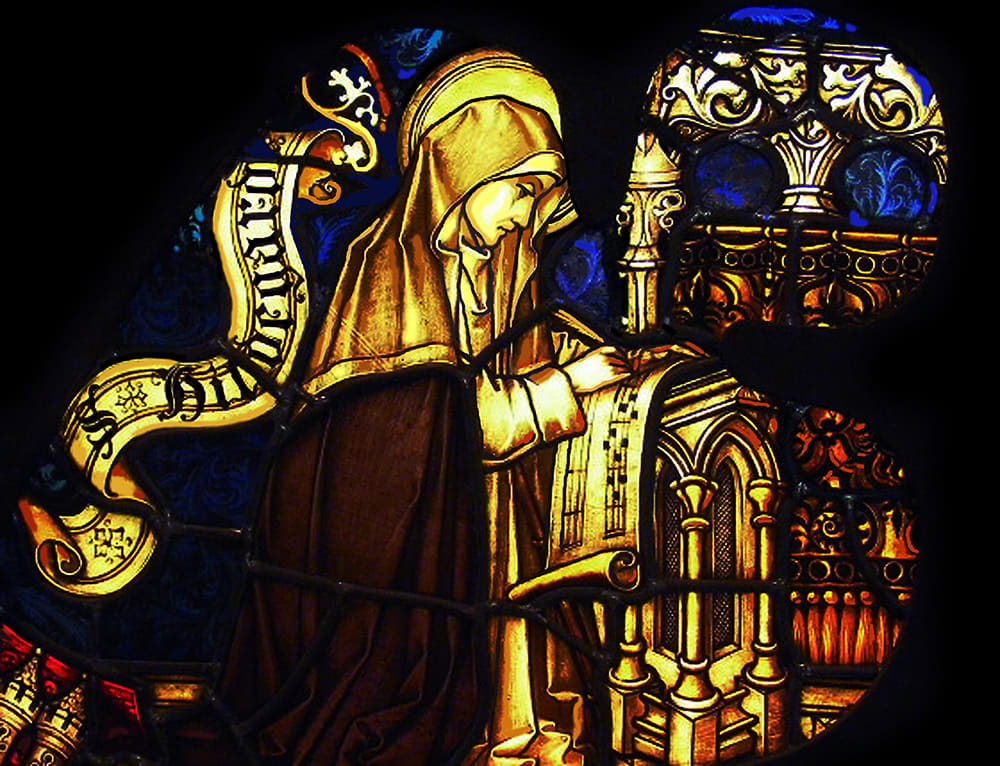
Sources of information on women’s lives in the Middle Ages are few but medieval depictions of women, however stylized, remain an important source for understanding attitudes towards sex and gender. Discover the world of women not just as subjects but also as creators, patrons and consumers of art and literature.

The Victorian quest for respectability is considered in Teresa Mangum’s study of the way that femininity was framed in terms of cleanliness while Annette F. Timm and Joshua A. Sanborn examine the complex interactions between gender roles and colonialism.

What changed and what stayed the same for women living and working in the 20th century? Bronwyn Winter unravels the Western narrative of the advancement of gender equality in the 20th century, and Maggie Andrews explores how women in early 20th century British suburbia experienced and understood the rituals of the home place through the ‘domestic goddesses’ of broadcast radio.

The Japanese military was responsible for the sexual enslavement of thousands of women and girls in Asia and the Pacific during the China and Pacific wars under the guise of providing 'comfort' for battle-weary troops. Campaigns for justice and reparations for 'comfort women' since the early 1990s have highlighted the magnitude of the human rights crimes committed against Korean, Chinese and other Asian women by Japanese soldiers after 1937. Explore the origins of the Japanese military's system of sexual slavery and how Japanese women were its first victims.

Silks from China, incenses from Arabia, spices from India …. From the earliest times, “the Orient” has been identified with sensuality, luxury and decadence. Learn about the sensory pleasures of the trade in luxury goods in Imperial Rome (The Sensens in the Marketplace).
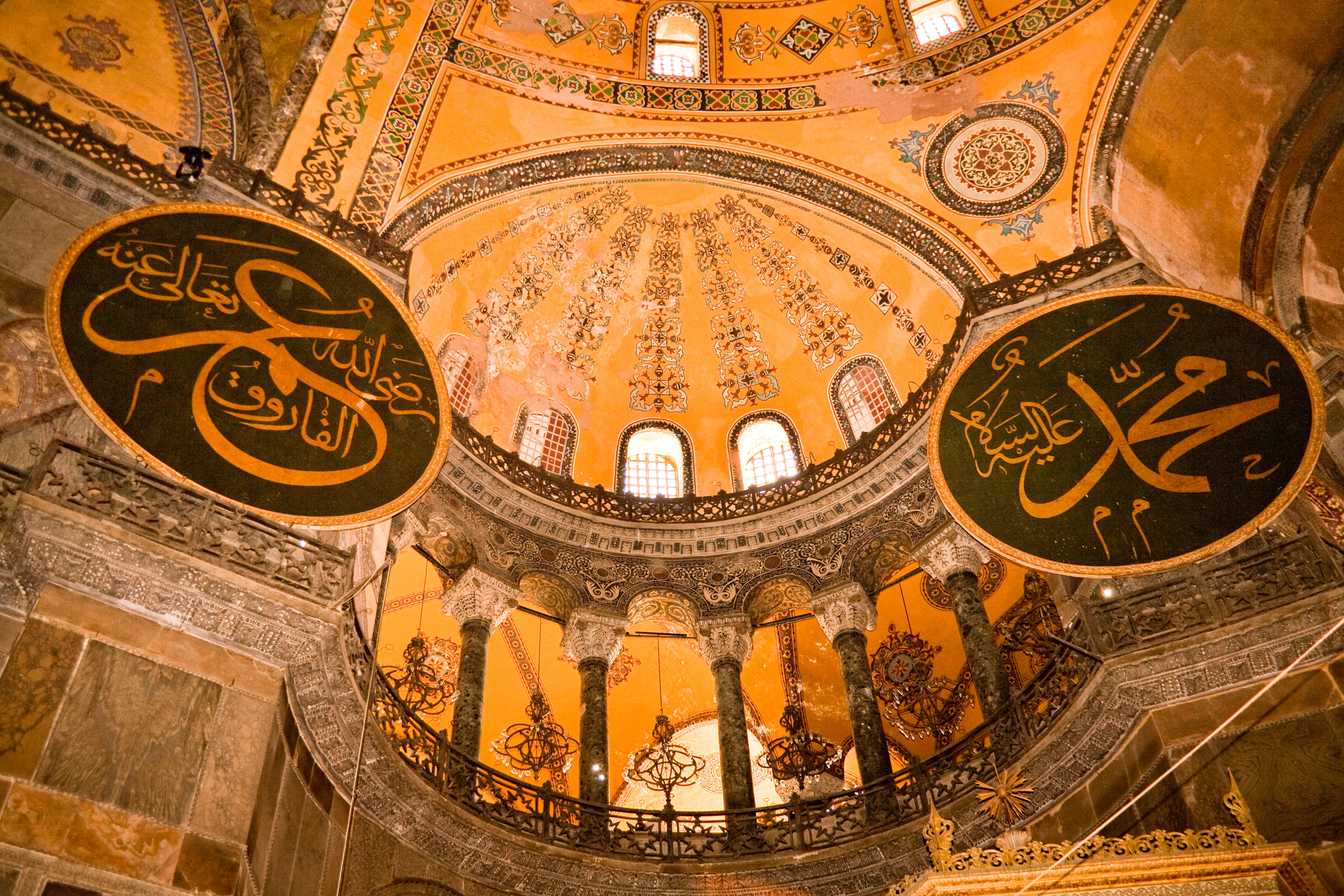
In the medieval period, visitors to Constantinople were amazed by its opulence. But its fortunes were built less on its own trading activities than on its skill in exploiting its location to direct, organize and profit from the trade that was carried on by others. The story is explained in Two thirds of the wealth of this world.

We think of ‘designer water’ as a 21st century invention but water could be a luxury good in Early Modern Europe too. In Liquid Food: Drinking for Health David Gentilcore relates how named mineral waters became fashionable luxuries alongside ice, wine, chocolate and coffee.

In eighteenth-century Europe, rising social mobility and the expansion of world trade meant that items previously considered the preserve of the super-rich became accessible to those with more modest incomes. Discover how the increasing affordability of luxury attire, such as wigs, came into conflict with the sumptuary laws of the period in Status.
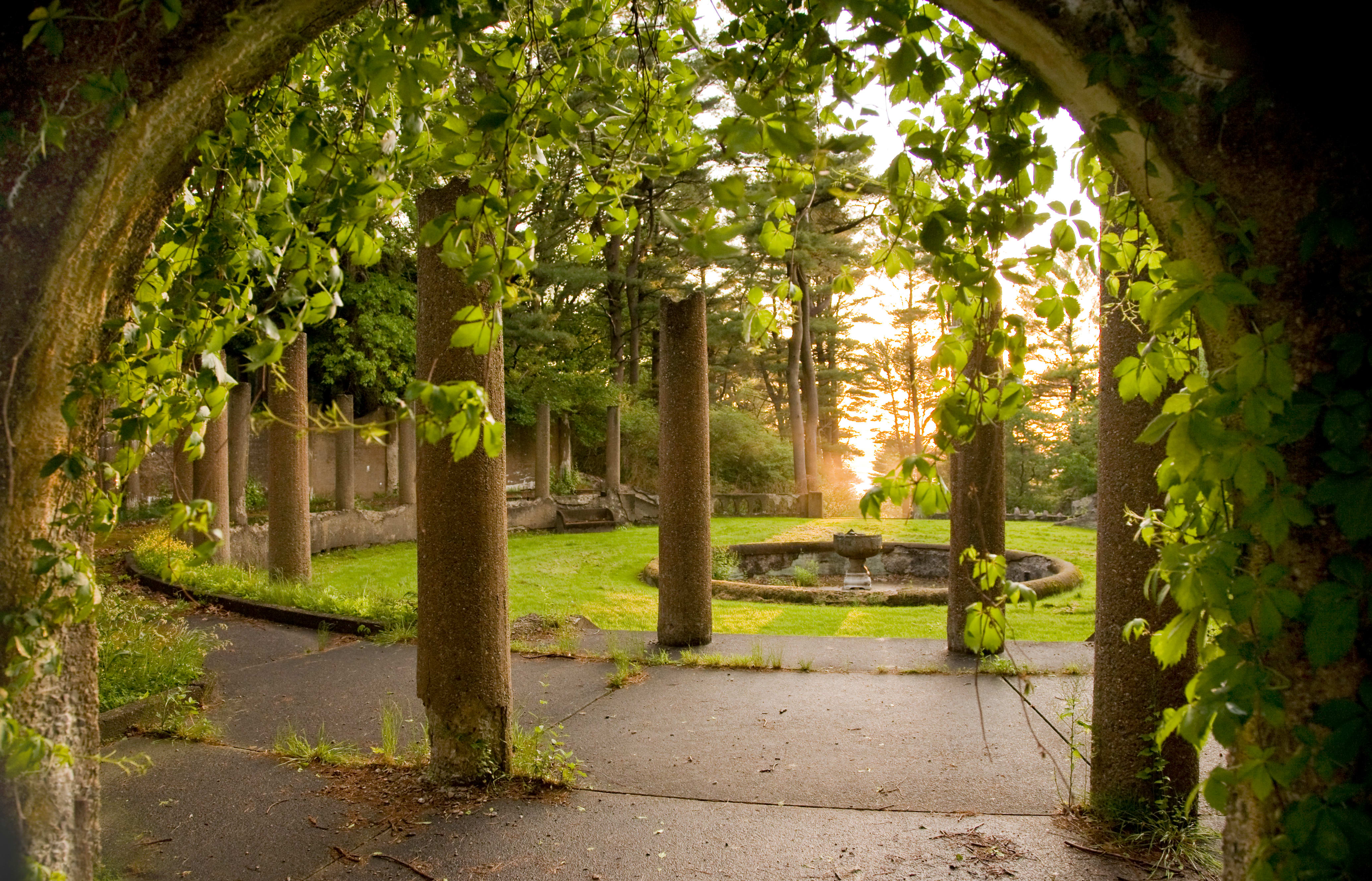
What is luxury today? For Dieter Kienast, reflecting on the increased density of urban living, “the garden is the last luxury of our time because it claims what has become rare and valuable in our society: time, devotion and space.” Explore the development of landscape architecture over the 20th century in Use and Reception.

Between 1300 and 1500 the population of Europe collapsed. We know that the Black Death played a major part in this catastrophic decline but was it more important than war, or famine, or other diseases of the age such as leprosy? Learn about the many and varied causes of human mortality in the Middle Ages.

There were few effective cures for the diseases of the Early Modern period. In the absence of scientific knowledge, people wanted plausible stories to make sense of recurrent outbreaks of infectious disease. And there was a simple explanation: epidemics were God’s punishment for the sinfulness of man. Margaret Healy offers an introduction to divine rage and human health in the Renaissance.

Consumption, phthisis, pulmonary tuberculosis, TB … all these terms were used to describe the same disease over the course of the nineteenth century. Michael Worboys explains how these name changes reflected shifts in the medical understanding of the disease and in social attitudes towards it.

Typhus was first described in the fifteenth century but has been especially deadly during periods of extended military conflict such as the Napoleonic Wars and the Crimean War. Read how the infection was passed from soldier to soldier through their lice-infested uniforms and learn how, in the trenches of the First World War, attempts to kill the lice by chemical means were as toxic to humans as they were to insects.

How have modern epidemics affected social values? Gender, Sex and the Shaping of Modern Europe reveals how attitudes surrounding the origins of HIV/AIDS evolved and were expressed in laws across the continent.

The “family” was central to ancient Greek and Roman societies. It was also understood to include slaves, property and land as well as parents and children and the extended kin group. Within such a large social unit and in circumstances where infant mortality was commonplace, was there a space for parents to love their children? Read the arguments for and against in this long-running historiographical debate.

Imagine a young girl seated on the floor of a house in fourteenth-century London. With miniature pewter jugs, cups, and plates, she serves an imaginary meal for her younger siblings. Is she playing, learning, or working? In the eyes of her mother, she may be doing all three. Discover how parents in the medieval period regarded child education and how they saw learning and helping as interchangeable activities.

How were girls and boys treated differently in Renaissance society? The French physician Laurent Joubert argued that strictness of discipline should be the only experience that was common to all children: “the boy ought to be well fed, well beaten and poorly dressed; and the girl, well dressed, well beaten and poorly fed.” Karen Raber and Stephanie Tarbin plot how attitudes around gender shaped the lives of children from baptism onwards.

We associate child labor with the factories and mines that sprang up with the Industrial Revolution but in earlier periods children from the age of six years onwards were expected to make a contribution to the family economy. Learn how their work was deemed both essential to the success of the household and central to their moral education in the years of the Enlightenment.
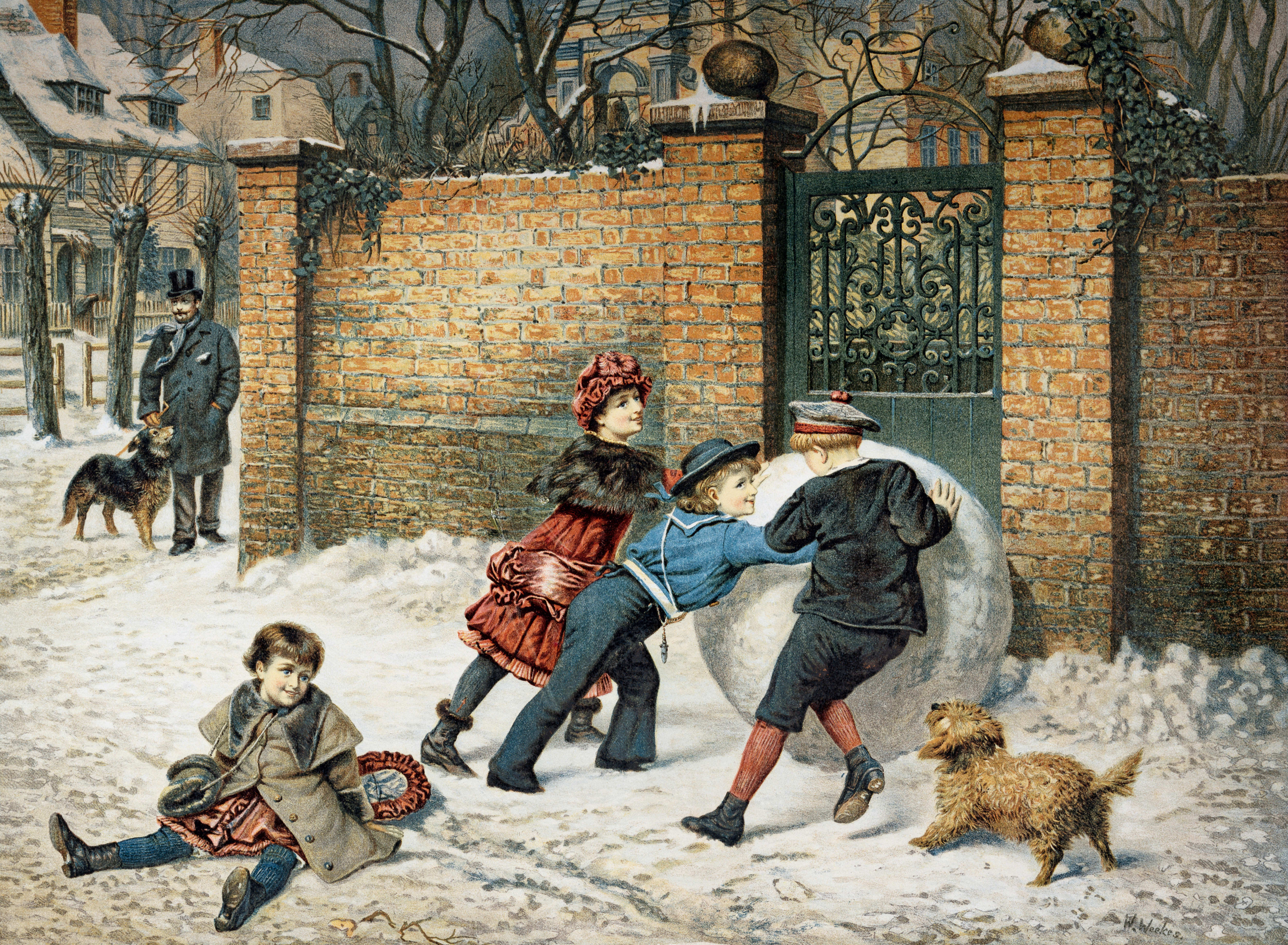
For centuries, Christian teaching emphasized the innate sinfulness of children. But from the early nineteenth century, this attitude gave way to Romantic ideas of the child as an exemplar of innocence, virtue and hope. Explore how conceptions of childhood were reshaped in the Victorian era and how child-rearing then came to be regarded as the most important function of the family.

The term ‘teenager’ was coined by American market researchers in the 1940s and was linked from the beginning to the expansion of consumer culture and the creation of a youth market. Bill Osgerby explains how ideas of ‘teenagers’ and ‘youth’ came to carry other meanings, reflecting broader social and culture shifts in post-war Britain.

Dress was a dynamic part of the religious lives of ancient Mediterranean people: it fostered identity, reinforced community and group bonds and boundaries, displayed the values of community members, and solidified institutional structures. Discover the role of costume in demarcating sacred space and festive time, facilitating ritual experience and marking key rites of passage and initiation in Ancient Greece and Rome.

Every form of dress carries some indication of the status of its wearer. Status, defined as social difference, is a social relationship which dress makes visible to others. Beginning in the 13th century, sumptuary laws governing dress, food consumption, banquets, and ceremonies such as births, weddings, and funerals, were enacted across Europe to regulate public consumption and display in accordance with social status.Explore the changing relationship between dress and status in the period from the 12th century through the 14th..

In Renaissance Europe, costume became an important means of classifying people of different origins, especially Muslims or Turks (a term that extended to all members of the Ottoman Empire). A new kind of publication – the costume book – showed the plurality of Ottoman society. But it also contributed to the formation of racial and gender stereotypes. Learn how costume and costume books were used to identify foreigners in sixteenth-century Europe.

The advance of global trade in the 18th century brought new luxury items to Europe and promoted a taste for the exotic: the Cabinet des Modes boasted that “French women, particularly those in the capital which is the centre of taste, know how to imitate and to appropriate the costumes of all nations.” Barbara Lasic explains how the fascination with luxurious novelties (often publicised through stage costumes) helped to nurture an emerging fashion industry.

In theatrical productions, costume choices have often given expression to debates around national identity. Michelle Liu Carriger and Aoife Monks discuss how the contested terrain of identity has played out in two countries – Japan and Ireland – over the course of the 20th century.

As societies based upon slavery, Ancient Greece and Rome had no vocabulary to refer to ‘work’ or ‘labour’ in the way that those terms are understood today. Nonetheless, work was ubiquitous in Antiquity. Ephraim Lytle introduces us to the complexities of this world as revealed in literary texts, inscriptions, and archaeological data while Lena Larsson Lovén and Agneta Strömberg explain the interconnections between work, the family economy and social status in the ancient world.
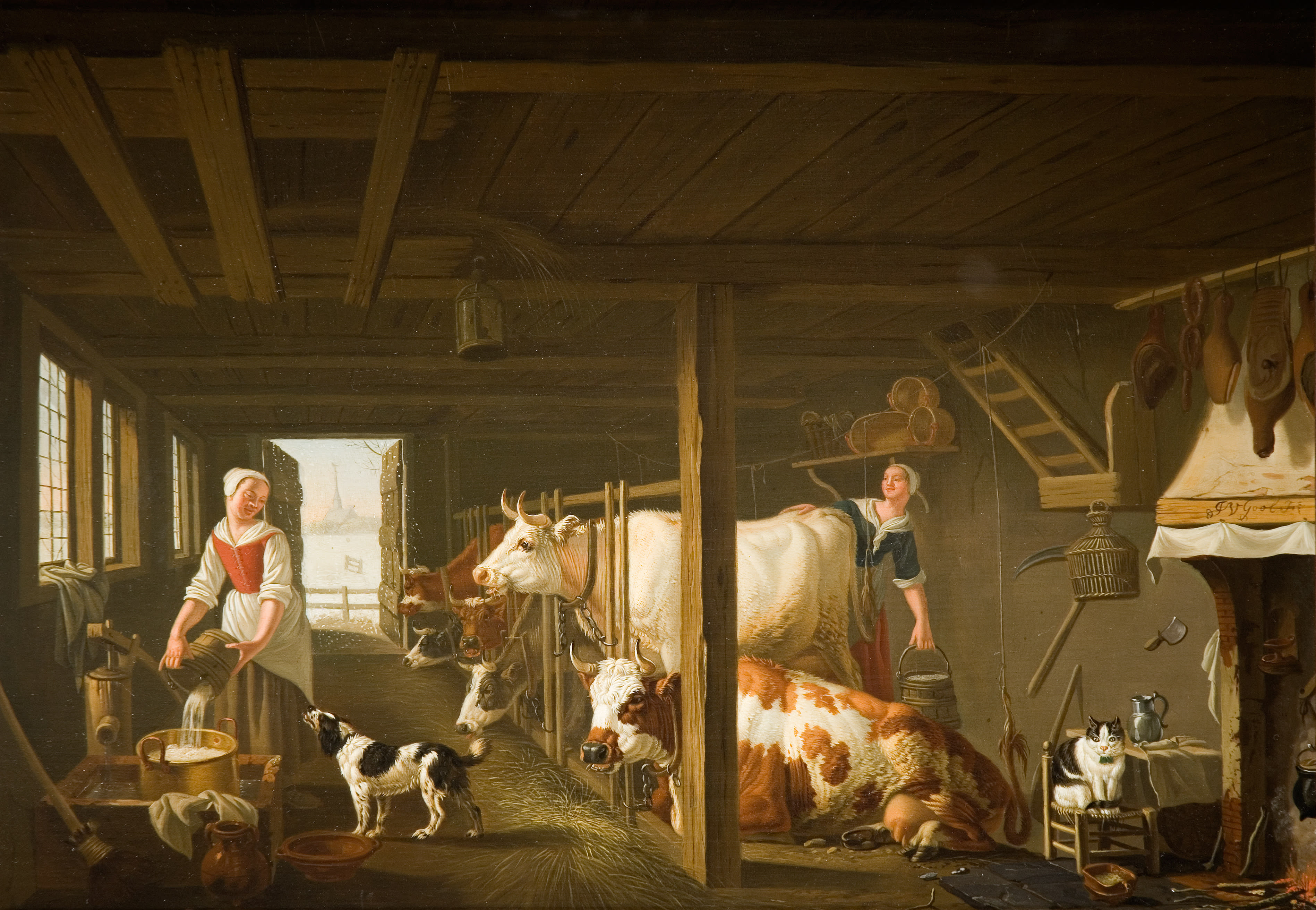
In a famous survey conducted in 1688, English statistician Gregory King estimated that 88 percent of his fellow countrymen and countrywomen were engaged in agriculture. What this meant could vary hugely according to the season, the region and the demand for migrant workers. Explore the astonishing range of activities encompassed by the term 'agricultural labour’. in Early Modern Europe.

In the Christian tradition, work was God’s curse on Adam for his disobedience. But by the eighteenth century attitudes had changed: Voltaire argued in his novel, Candide, that work was the answer to the three major problems of life: boredom, vice and poverty. Discover how this more positive attitude was reflected in artistic representation of work during the years of the Enlightenment.

Spurred by industrialization and urbanization, people of all social classes became more mobile over the course of the nineteenth century: between 1850 and 1913 about 30 million European migrants left for the United States and another 10 million for South America. While many moved much shorter distances in search of work, for women in particular migration was always both an opportunity and a risk. Learn about women’s patterns of work migrationin a period of rapid economic and social change.

With the growth of mass entertainment in the twentieth century, opportunities for leisure expanded hugely in the United States and Western Europe. Achieving a good balance between work and leisure proved much more elusive: periods of economic instability undermined workers’ successes while government- or corporate-sponsored leisure programs failed to recognize that a fulfilling leisure life was dependent upon a rewarding work experience. Randy D. McBee explains how leisure can be meaningful only if work is.

When did boredom become a thing? People have found themselves in boring situations from time immemorial but the word “boredom” did not enter the English language until the 19th century. Peter N. Stearns explains how boredom as a recognised emotional state emerged in the Victorian era as a result of cultural shifts (such as the rise of individuality and the increasing expectation of happiness) as well as of changing circumstances (such as access to new and more varied kinds of entertainment).

We think of love as a constant but what it feels like, how it should be expressed on the body and in language, and who should experience it (and towards whom) has varied hugely over time and place. In medieval Europe, love of God took precedence over love for a spouse or a child but this did not preclude passionate attachments between elite men that were considered “ennobling” because they were based on the love of virtue in another person. In the 19th century, by contrast, romantic love was promoted as a desirable state in itself but it also had practical and moral advantages: it discouraged sex before marriage (particularly for women) and it helped to limit birth rates after marriage at a time when restraint was the only sure method of birth control.

We think of love as a constant but what it feels like, how it should be expressed on the body and in language, and who should experience it (and towards whom) has varied hugely over time and place. In medieval Europe, love of God took precedence over love for a spouse or a child but this did not preclude passionate attachments between elite men that were considered “ennobling” because they were based on the love of virtue in another person. In the 19th century, by contrast, romantic love was promoted as a desirable state in itself but it also had practical and moral advantages: it discouraged sex before marriage (particularly for women) and it helped to limit birth rates after marriage at a time when restraint was the only sure method of birth control.

Disgust evolved in humans, at least in part, as a protective response to the risks involved in eating foods which might endanger us. But disgust is also a cultural product and has been used throughout history as a distancing mechanism whether of geographically remote cultures or of minorities within a majority culture. From couscous to dog-meat, learn how home-cooking magazines in Paris between the wars portrayed disgusting foods from colonial cuisines, reinforcing negative stereotypes of the “other”.

The phrase ‘You are what you eat’ is most commonly applied to an individual but it can just as easily be applied to a nation of people. For the early Europeans diet was integral to their nature but why was diet, and in particular dietary consistency, so important? This Chapter examines why diet was so closely linked to national ‘temperaments’ and ‘natures', and why changes in diet could affect the health of both the nation and its inhabitants.
If ever there was an area of diet that illustrates the gap between medical advice and real food consumption, then that of vegetable foods must be it. Vegetables have undergone quite a significant image change over the centuries. From being considered harmful and ‘devoid of nourishment’ in the sixteenth century to present day where everyone is actively encouraged to eat ‘five a day’ for a healthy diet. Explore more in this chapter on The Vegetarian Option.
In this chapter, Paul H. Kratoska looks at the expansion of the rice industry in southeastern Asia. Trading and settlement patterns across Asia owe much to the availability of rice in particular locations. In the early nineteenth century, the majority of those who ate rice also grew it, but a century later a large and growing number of people depended on specialized producing areas, particularly in mainland Southeast Asia, for their supplies of rice. By the early twentieth century, commercial rice production in Southeast Asia accounted for more than 80 per cent of the rice entering the world export market.

For the most part, throughout history, the consumption of food has been shaped by state policies as well as by nature, agriculture, culture, religion and the market. The influence of the state has been especially powerful during wartime. The complex system of wartime rationing tried to fine-tune Germans’ diets according to the amount of work they did, how old they were, their familial status and ‘racial’ designation: by 1945, there were 16 categories of ‘ration receivers’. Find out more about the micromanagement of consumption under the Nazi regime.

In ‘A Cultural History of Food in the Renaissance’, Allen J. Grieco explores food production in the late medieval and early modern EuropeAlthough, food production was undeniably conditioned by the growing and rearing conditions that the environment provided, it was also influenced by social and cultural factors, which left a deep and lasting imprint; an imprint that has persisted, in large part, to recent times. The higher levels of society often disregarded what might have been more rational and high-yield food production solutions in favor of low-yield foodstuffs such as durum wheat that were particularly in demand among the more privileged, such as durum wheat in central Italy or beef consumption in Mediterranean climates.

The metaphor Stahlbad (steel bath) was often used by German politicians to describe the First World War and the rejuvenating effect it would have in toughening up national ideas of manhood. In this chapter Sabine Kienitz studies the physical traumas of war disability, and its impact on body image. With approximately 2.7 million German men left with disabilities by the end of the war, the physical trauma of combat was combined with experiences of marginalisation and a loss of their masculine identity. In a society that constructed and reinforced ideas of manhood through physical capability and work, disabled veterans who were not able to carry out physical labor lost a sense of self, setting in motion what Kienitz calls ‘the reinterpretation of ascriptions by others’.

Bloomsbury Cultural History provides exclusive online access to the entire Cultural History of Disability set. This chapter from A Cultural History of Disability in the Renaissance explores contemporary perceptions of mental health and the stereotypes that reinforced them. The terms used to describe mental disability during the early modern period were vague, and often “social opinion was the best way to determine who was or was not mad”. Sonya Loftis examines this ambiguous understanding of mental illness, with a focus on melancholia as a symbol of madness, and the relationship between mental disability and the supernatural. Though material from the period is sketchy, the records of Bethlam Hospital, also known as Bedlam, are used to discover the treatment of those who suffered from mental illness.

Modern advocates for change in society’s ideas about disability contend that it is not an inherently defined condition, but rather a cultural construct of society itself. This chapter describes how deep-seated prejudices are reinforced by legislation such as the Americans with Disabilities Act of 1990, which marked disabled peoples as a separate community thereby reinforcing the divide. Inclusion in social activities plays a key part in realising a cultural norm that includes rather than isolates those with disabilities. Explore how changes in sports, notably the Special Olympics and Paralympics, encourage such shifts in belief and promote cultural change round the world.

The Milan Conference of 1880 banned sign language in schools for the deaf, declaring that oral speech was superior to the gestured word. The perceived dominance of speech has come to define the struggles of Western deaf history, and the isolation of those unable to communicate. However, the All-Russian Society of the Deaf (Vserossiiskoe obshchestvo glukhikh, VOG), a deaf-run state organization founded in 1926, provided frameworks for deaf people to establish themselves as equal citizens, advocating alternative methods of sensory perception and sign language, thereby questioning the deaf identity that had developed since the Bolshevik Revolution. Read more about the issues of hearing and speech in the Soviet deaf community, and the implications such limitations had on structures of selfhood and identity.

Bloomsbury Cultural History offers an exclusive Lesson Plan by Dr Ella Houston that traces representations of disability through history, from antiquity to the twenty-first century. It provides thorough and comprehensive coverage of this important topic, exploring disability as a lived experience that is shaped by the culture and society of the time. Each week-by-week section examines representations of disability within a different historical framework and offers selective key reading, thought provoking discussion questions and suggested homework tasks. Explore the full Lesson Plan, a helpful research tool for students conducting independent study, as well as tutors creating their own academic programme.

Disability and disfigurement within literature is often viewed as a plot device, establishing the body as a site of great meaning that can reinforce - and also challenge - social perceptions of ‘normal’ or ‘otherness’. This chapter explores disabling facial disfigurement in the middle English and early modern Gawain romances and ballads, from the perspective of chivalry and courtesy. Focusing on the ‘loathly lady tales’ of King Arthur and his court, the chapter places the tales within their social, political and historical context, exploring the agency of gazing and empowerment. The loathly ladies’ intrusion into the affluent court of King Arthur and the chivalric elite exposes the injurious nature of desire, levelling the dichotomies between assumptions of beauty and deformity.

The brand new and digitally exclusive multi-volume reference work A Cultural History of Peace explores how different cultures and societies have thought about and developed the concept of peace over the past 2500 years. This chapter from A Cultural History of Peace in the Modern Age delves into the complex history of the term ‘Peace’. Until the mid-twentieth century, the dominant discourse on the topic of peace was a virtual monopoly of two groups: Western male policy makers, and Western philosophers and legal theorists. Over the past century however, previously ignored peace advocates and peacemakers have made their voices heard, and this chapter provide a more globalised view of the definition of peace.

Bloomsbury Cultural History offers an exclusive Lesson Plan on the history of War and Peace during the Early Modern Period. It provides thorough and comprehensive coverage of this important topic, and questions one’s understanding of the term ‘peace’. Each week-by-week section examines important areas of war and peace within a historical context and offers selective key reading, thought provoking discussion questions, and suggested homework tasks. Click here to explore the full Lesson Plan, a helpful research tool for students conducting independent study, as well as tutors creating their own academic programme.

The etching of Jean Perrissin’s The Pacification of Amboise depicts the negotiations between the Queen Mother, regent for Charles IX, and the Huguenots, which bought peace - albeit temporarily - to the two factions. The Pacification of Amboise in 1563 allowed Huguenot nobles to worship freely, though it limited the worship of the common people to just one town in each district. Created in 1563 in Île aux Bœufs, Loire in France, Perrissin’s etching is now part of the Wellcome Collection. Click here to explore a high resolution digitised image of the original 1563 etching in exquisite detail.

In this chapter from Medicine in First World War in Europe, Fiona Reid explores the relationship between peace and medicine following the First World War. Pacifism, although far from widespread, had become more organized and influential. During the First World War, medical services were harnessed and organized in the service of the military to an unprecedented degree, but there were also those who saw medicine and war as quite incompatible. Indeed, the medical profession had a particular role to play in the war, in part because many pacifists sought a medical role once war became established.

A chapter on Cold War Communities by Irene Stoehr explores the peace politics of women’s groups in Germany following the Second World War. The individuals who organized women’s committees and other political groups at a local level in Germany between 1945 and 1947 had one point in common that united them beyond their political differences: they felt responsible for maintaining peace. These organisations desired an independent status not tied to a political party, and they placed a high priority on securing peace. Click here to find out more about the phenomenon of ‘women’s pacifism’, and its role in the postwar period.

The digitally exclusive multivolume reference work A Cultural History of the Human Body presents a historical overview with essays on the centrality of the human body in birth and death, health and disease, sexuality, beauty and concepts of the ideal, bodies marked by gender, race, class and disease, cultural representations and popular beliefs, and self and society. This chapter from A Cultural History of the Human Body in Antiquity by Brooke Holmes delves into the complex history of the human body as a site of identity and self, and the physical attributes as marks of constructed gender.

Bloomsbury Cultural History offers an exclusive Lesson Plan by Darren N. Wagner to give students the opportunity to critically explore some of the many ways in which changes relating to the body were tied to the Enlightenment era and the emergence of modernity. Themes addressed include identity and nationhood; health and disability; selfhood and psychology; sex and reproduction; science and art; display and embodiment; and race and gender. Each week-by-week section examines the human body within a different historical framework and offers selective key reading, thought provoking discussion questions and suggested homework tasks. Explore the full Lesson Plan, a helpful research tool for students conducting independent study, as well as tutors creating their own academic programme.

This digitised engraving from the Wellcome Collection illustrates the physical effects of the corset and ‘denounces’ the internal disfigurement it inflicts on women’s bodies. In A Cultural History of Dress and Fashion in the Age of Empire, Ariel Beaujot traces the origins of the corset back to the aristocracy in the first half of the sixteenth century, and explores the use of such fashion items as an act of gendering. Beaujot points out that the French word for corset is “corp” meaning body, demonstrating linguistically that clothing and woman’s flesh and bone were one and the same.

The digitized image collections made available on Bloomsbury Cultural History offer a rich and enticing insight into the cultural history of the human body. In this photo from the Wellcome Collection, Lorenzo Niles Fowler’s detailed system of phrenology is shown on a phrenological head. Phrenologists believed that the shape and size of various areas of the brain (and therefore the overlying skull) determined personality. For instance, the area under the right eye was thought to relate to language and verbal memory; the desire for foods and liquids was thought to be located in front of the right ear. Fowler led a revival in phrenology after its decline in the 1850s, and his system was just one of many during this period.

Adam Broinowski’s Cultural Responses to Occupation in Japan examines how the performing arts, and the performing body specifically, have shaped and been shaped by the political and historical conditions experienced in Japan during the Cold War and post-Cold War periods. This study of original and secondary materials from the fields of theatre, dance, performance art, film and poetry, probes the interrelationship that exists between the body and the nation-state. This chapter looks at Gekidan Kaitasha, a theatre company that uses performance to deconstruct ‘what is’ at the site of the body.

A Cultural History of Education is the first comprehensive and interdisciplinary overview of the cultural history of education from ancient times to the present day. With six illustrated volumes covering 2800 years of human history, this is the definitive reference work on the subject. Each volume covers: church, religion and morality; knowledge, media and communications; children and childhood; family, community and sociability; learners and learning; teachers and teaching; literacies; life-histories. This chapter from A Cultural History of Education in the Renaissance delves into media, communication, and information exchange in Europe between 1480 and 1650, and outlines the main educational challenges of the period.

In this chapter from Romania Since The Second World War: A Political, Social and Economic History, Florin Abraham explores the state of the national school system in Romania since the Second World War, and explains how the preoccupation of the communist regime with education brought a certain progress to school infrastructure compared to the interwar period. The general picture shows a massive investment in education at the beginning of communism, however, during the 1980s, the education system was submitted to drastic cutbacks, signalling its marginalization. This was emphasized by the 781975 policy of compulsory governmental placements, which meant that higher education graduates were forced to accept jobs offered by the regime.
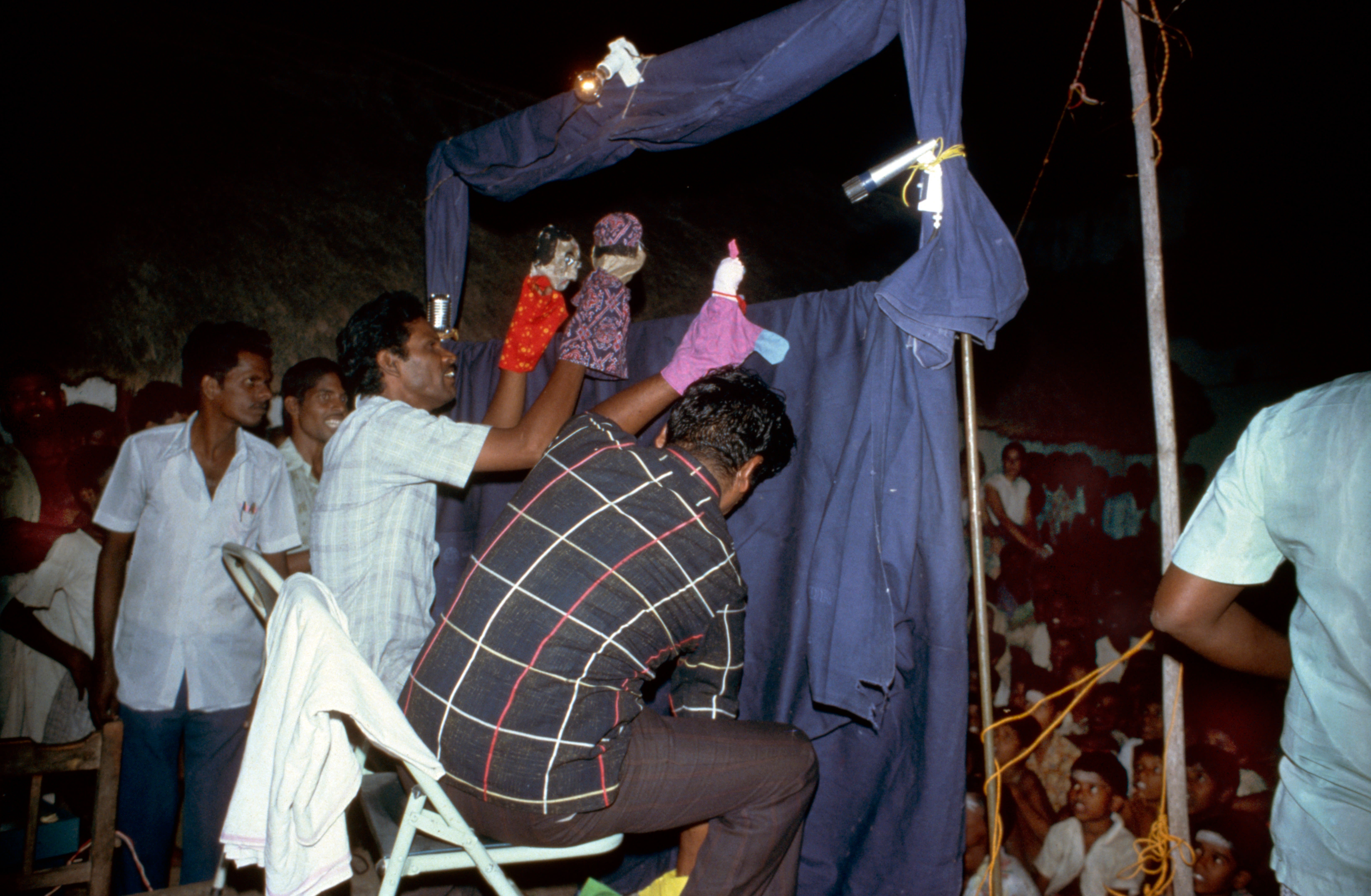
Bloomsbury Cultural History offers a range of images collections sourced from global archives and galleries such as the Rijksmuseum and the Metropolitan Museum of Art to complement academic research and encourage a well-rounded understanding of cultural history. This photo from the Wellcome Collection, taken by the Leprosy Mission International Organization, shows primary health care workers in a village in India using performance to educate and raise awareness of leprosy to facilitate control programs.

A vast spectrum of educational provision existed in the medieval West, in terms of training children and adolescents for adult life. The nature of that provision was neither consistent nor uniform across Europe—it might be determined by a large number of considerations, including gender, location, religion, social status, and wealth. This chapter fromA Cultural History of Childhood and Family in the Middle Ages takes the discussion of education beyond the formal world of the schools by considering the nature of instruction within royal and noble households, and the value attached to practical, work-based learning at lower social levels.

A history of the school system under Vichy is first of all a history of what happened in schools themselves – a history of the difficulties and the banalities of a daily life continuously disrupted by the ordeals of war and occupation. In this chapter from Vichy France and Everyday Life, Matthieu Devigne explores the policies, reforms and charitable initiatives that took place, and explains why, during these ‘dark years’, schools proved to be a hub of moral and material resistance, not only for children, but for all the men and women involved in their day-to-day life and organization.

How have objects have been created, used, interpreted and set loose in the world over the last 2500 years? Over this time, the West has developed particular attitudes to the material world, at the centre of which is the idea of the object. A Cultural History of Objects brings together over 50 scholars to examine how the world of human subjects shapes and is shaped by the world of material objects. The themes explored are: Objecthood; Technology; Economic Objects; Everyday Objects; Art; Architecture; Bodily Objects; Object Worlds. Click here to read more and discover the cultural history of objects.

Objects themselves are not simple props of history, but are tools through which people shape their lives. Writing Material Culture History (2021), now in its second edition, examines the methodologies currently used in the historical study of material culture. In this chapter, Anne Gerritsen and Giorgio Riello explore the material landscapes of global history, and the circulation of such goods across continents and global markets.

Bloomsbury Cultural History provides access to carefully curated collections of digitised museum objects from The Metropolitan Museum of Art, the Rijksmuseum, and the Wellcome Collection. These rich and extensive digitized image collections provide a unique and invaluable pathway for students, researchers and instructors to explore the material history of objects from around the globe. This particular wooden sculpture of temple guardian Misshaku Kongo (Agyo) comes from 14th century Japan. Made of wood and traces of polychrome, temple guardians such as this are placed at the entrance of a temple to ward off evil.
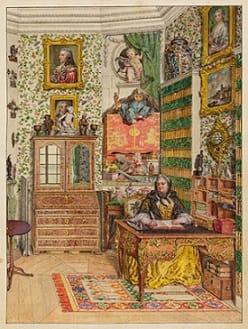
How were daily comfort and feelings of home created through objects and the display of interiors in a house? Which objects, both furniture such as beds or tables to smaller items such as tea and coffee sets or bed linen, were essential for a comfortable home in eighteenth-century Sweden, and how can we interpret the comfortability of an item? These are the questions explored by Johanna Ilmakunnas in this chapter from The Comforts of Home in Western Europe, 1700 – 1900, 2020. Using comfort as an analytical tool, Ilmakunnas uncovers how technology, architecture, objects and things influenced feelings of home in eighteenth-century Sweden.

To support Disability History Month 2021, Bloomsbury Cultural History is offering unrestricted access to the entire set of The Cultural History of Disability, an unrivaled collection that spans 2,500 years, exploring disability from antiquity to the present day. With contributions from over 50 experts, the volumes describe different kinds of physical and mental disabilities, their representations and receptions, and what impact they have had on society and everyday life.
The theme for this year's disability history month is 'Relationship and Sex. Disability and Hidden Impairment'. In this chapter from A Cultural History of Disability in the Modern Age, Bee Scherer provides an intersectional (queer-/crip-/trans-) feminist cultural-philosophical view on atypical bodies in the Modern Age, infused by Buddhist “theology”. To read more about the cultural history of disability, visit our Featured Content Archive.
Music has been significant in social, religious, and political ritual, and in education, art, and entertainment in all human cultures from antiquity to today. The Cultural History of Western Music presents the first study of music in all its forms – ritual, classical, popular and commercial – from antiquity to today. The work is divided into 6 volumes, with each volume covering the same topics, so readers can either study a period/volume or follow a topic across history.
Delve into the cultural history of western music with this carefully curated collection of key eBook chapters, or explore the full content set here.